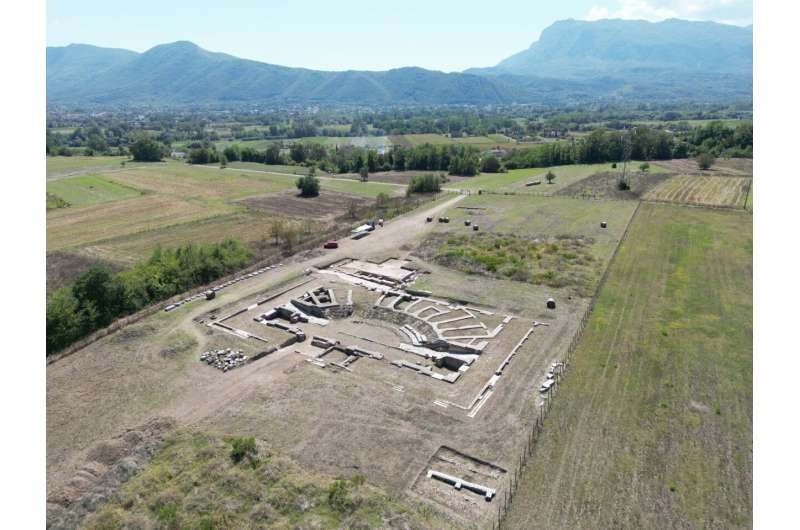After over a decade-long archaeological investigation, a discovery has been made at an ancient Roman town in modern-day southern Lazio, Italy, that is currently challenging previous notions regarding the ancient civilization's fall.
Led by a team from the University of Cambridge, the research suggests that the "backwater" town continued to thrive deep into the 3rd century AD. This is in direct opposition to what was previously believed, that the Roman empire, during this period, was already in a state of decline.
The complete results of this investigation were published last Monday, Dec. 11, in an edited volume of "Roman Urbanism in Italy."

The Roman Empire Might Not Have Fallen For Another 300 Years, Study Suggests
Analyzing the ancient pottery in the new Lazio excavation sites, the research team found out from the collated data that the "backwater" town's decline didn't start until 300 years later than previously thought.
Through geological imaging, the town, which the Romans dubbed "Interamna Lirenas," was revealed to have had a sophisticated layout featuring remnants of buildings like public baths, a warehouse, a temple, and a roofed theater. Following this survey, the Cambridge archaeologists also conducted a ground-penetrating radar survey before committing to a set of area-specific excavations.
In a statement to the Independent, co-author of the study Alessandro Launaro said: "We found a thriving town adapting to every challenge thrown at it for 900 years. We're not saying that this town was special, it's far more exciting than that."
He continued by saying that a lot of "average Roman towns in Italy" were equally as persevering and that this notion is only recently explored because archaeologists are also just beginning to utilize the appropriate techniques.
Read Also : SNP Councilor Glen Reid Will Soon Request Cambridge University Library to Return 'Book of Deer' to Scotland
'Interamna Lirenas' was a Thriving Roman Town
The previous studies conducted over four decades ago only focused on investigating the ceramic material within the ruins of the Lazio site, which resulted in a conclusion that says the town peaked around the late 2nd century to early 1st century BC.
Dr. Launaro added that due to not having externally created pottery, previous scholars thought that "Interamna Lirenas" was a "backwater" that was on the decline. Now, the team is confident "that wasn't the case."
One specific discovery supporting this notion is the team's unearthing of a roofed theater's remains in the town, believed to have seated upwards of 1,500 people. For Dr. Launaro, this means that the town exhibited a level of "wealth, power, and ambition" due to opting to build "such a refined building."
Remnants of warehouses were also found in the excavation sites which suggests that "Interamna Lirenas" was a fairly successful trading hub during the rule of Roman emperor Julius Caesar, especially due to being located in the middle of a central road and a river, proving to be quite the asset to Caesar amidst the Italian civil wars.
That said, the researchers are still stumped as to when the town ultimately collapsed, yet alone what caused it.